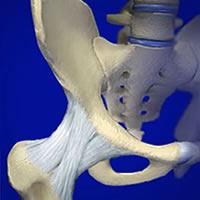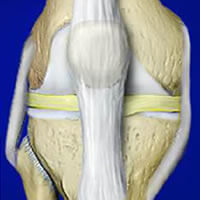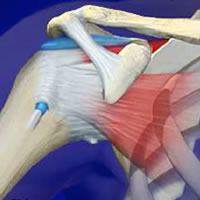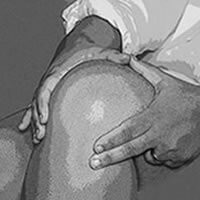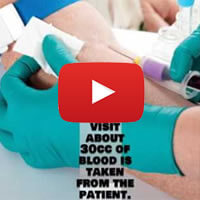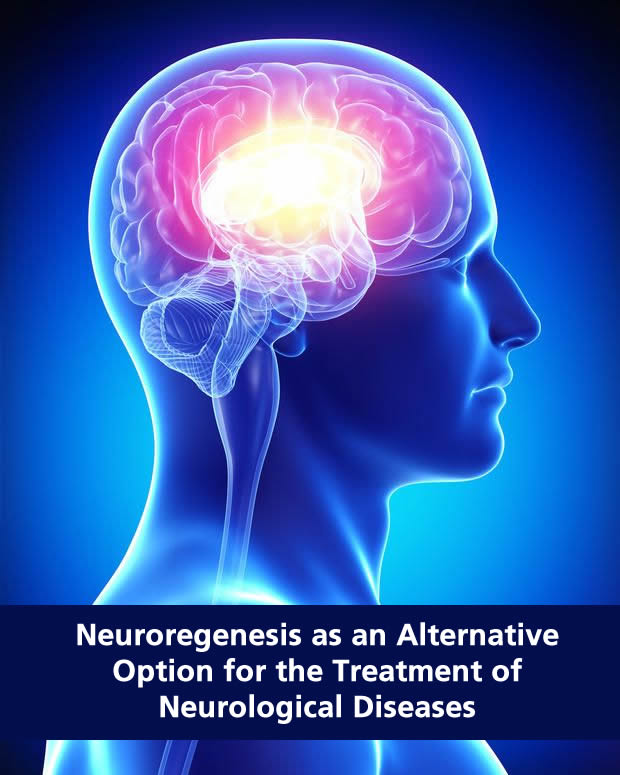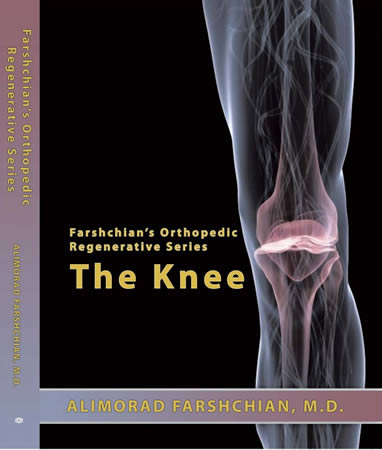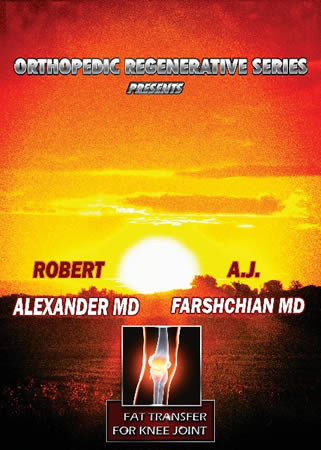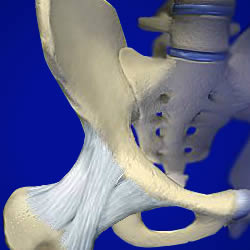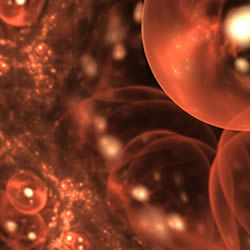Relationship Between Trauma and Arthritis in the Ankle
- Home
- Case Studies
- Relationship Between Trauma and Arthritis in the Ankle

Relationship Between Trauma and Arthritis in the Ankle
Patient presents to the clinic with a history of ligament tear grade 3 in both ankles. Patient tore both anterior talofibular ligaments in 1978. Patient is opting for surgically repair of the left tear. At this time patient is presenting in generally good health. Currently patient complains of pain and instability in the right ankle. Patient is unable to navigate on uneven terrain without pain and the fear of twisting the ankle.
Evaluation results: (+)Talocrural joint involvement both Left > Right (moderate arthrosis) medial = lateral (+)Secondary sub-taller joint involvement both (minimal to moderated arthrosis) left > right (+) Heel spurs both (+) Right anterior Talofibular ligament laxity grade 3 (-) X-ray studies - negative for Osteo-Arthritis of the Right Hip
Discussion: The ankle join is known as a diarthrodial joint. Of all the joints in the body it is probably the joint most resistant to a degenerative condition. This immunity to arthrosis is primarily associated to the joints liberal distribution of forces throughout a series of interlinked compartments. The ankle joint and accompanying foot joints support the body as would a tri-pod supporting a camera. The supporting surfaces of the ankle and foot have a tri-pod structure to its form. The ankle joint represents the lateral (or outside) support column of the tri-pod supporting form. The heel bone represents the posterior column of the support form. The mid-foot and the forefoot represent the anterior support column. This tri-pod support form is not static but dynamic in its function. As the stresses change and the strains converge on points along the weight-bearing surfaces of the ankle foot adjustments are made to maintain the center of gravity within the supporting tri-pod columns. Rarely would age related degenerative changes be seen in the ankle and foot. When degenerative changes develop in the ankle or the other support columns it is normally preceded by a history of trauma. This trauma is usually a fracture in one of the supporting hard tissues. Serious ligamental injury can also affect a degenerative condition. Following a ligamental or fracture injuries an uncoupling of the local traumatic region occurs. This uncoupling reduces the normal cellular metabolic response to weight-bearing forces of the local traumatized area. The traumatized area is isolated from the nutritious effect of tolerable strains and exposed to harmful stresses. These harmful stresses initiate cellular destruction which later becomes a degenerative condition. Posted by Roman Garcia R.P.T. staff Physical therapist at the Center for Regenerative Medicine.
Case Study Date: 6/29/2005







